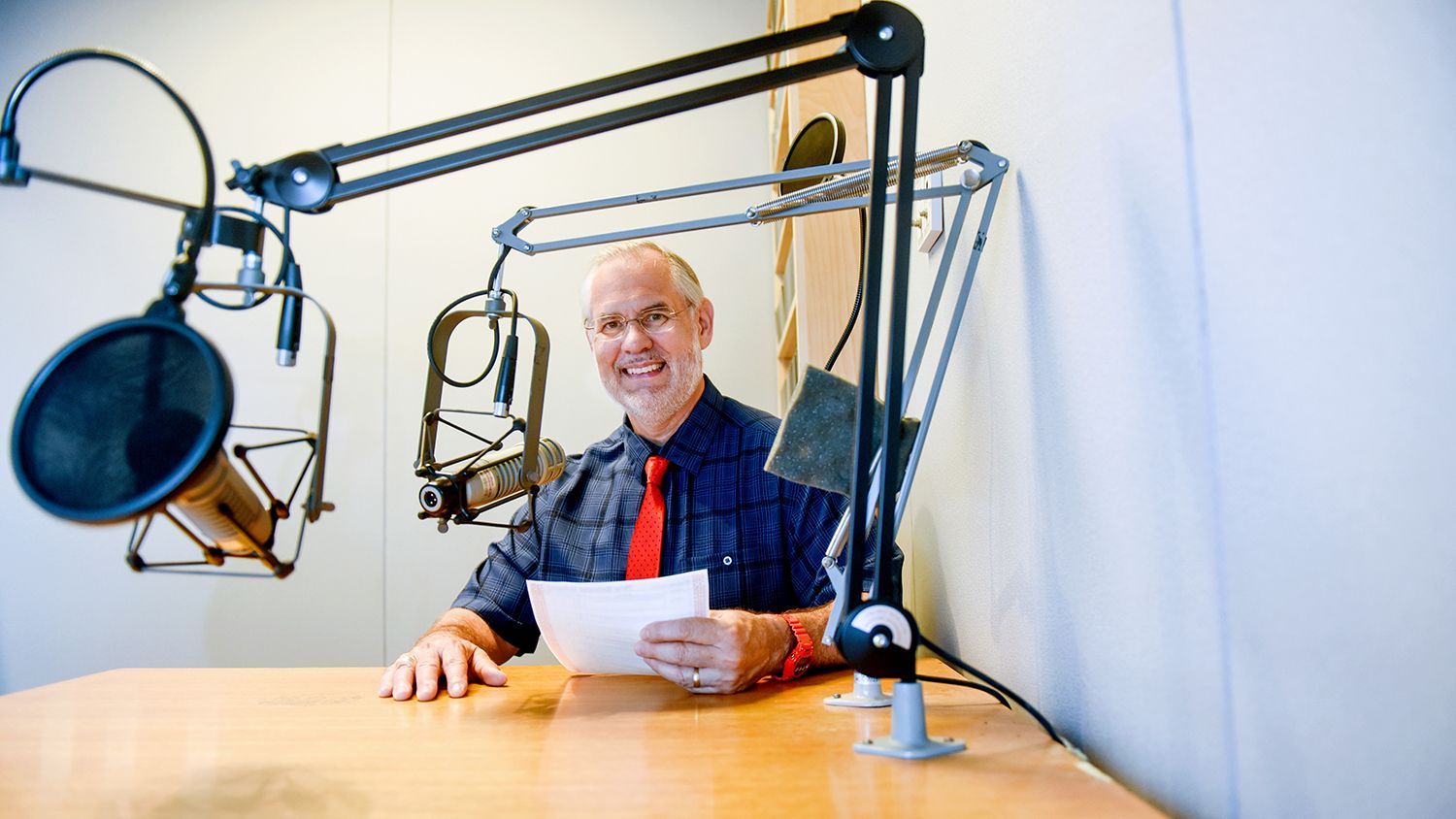YOU DECIDE: Does North Carolina follow Hauser’s Law?
Media Contact: Dr. Mike Walden, 919.515.4671 or michael_walden@ncsu.edu
By Dr. Mike Walden
North Carolina Cooperative Extension
In reading the title of today’s column, you might first wonder what an economist is doing talking about a law. Shouldn’t I leave this to the lawyers, or to my niece, who is now in law school?
Well, not to worry, because I’m not talking about the law as passed by legislatures and enforced by courts. Instead, I’m talking about an economic type of law. Economists call a concept a law if they think the economic relationship holds at all times and in all circumstances. For example, economists refer to the “law of demand” to describe the observation that most people reduce purchases of products when the price rises and increase purchases when the price falls.
Hauser’s Law describes a relationship that the economist Kurt Hauser observed for federal tax revenues. He noticed that in recent decades, federal tax revenues as a percent of the economy (gross domestic product) rarely strayed very far from 19 percent. In other words, federal tax revenues consistently take about 19 percent of the total economic pie year after year. This is despite the fact that tax rates and tax deductions and credits are frequently changed by Congress.
But how can this be? Wouldn’t we expect the government’s tax take to rise when tax rates are increased and to fall when those rates are lowered? Hauser has several explanations for his law.
First, tax rates and tax deductions and credits may be changed to balance each other. That is, when tax rates are increased, Congress may also expand deductions and credits. The increase in tax rates would raise revenues, but the addition of deductions and credits would decrease revenues. The opposite may occur when rates are lowered; tax deductions and credits may be curtailed. A good example of this balance is the tax changes made in 1986. Tax rates were significantly lowered, but tax deductions and credits were also tightened.
There may also be behavioral changes that keep maximum federal tax revenues at 19 percent of the economy. When tax rates are raised, some taxpayers may be less motivated to work the same amount of time since they’re now keeping less of what they earn. Investors may feel the same way and invest less. Both actions would reduce the size of income and earnings to which the higher tax rate is applied and thus keep tax revenues from rising as a percent of the economy.
Not all economists agree that Hauser’s Law exists. One analysis showed that in years following a tax rate increase, tax revenues as a percentage of the economy averaged a full percentage point higher than in years following a tax rate cut. While one percentage point may not appear to be much, when applied to our total economy, it equals $140 billion in additional federal tax revenues.
Now let’s come home and see if North Carolina does or doesn’t have a version of Hauser’s Law. North Carolina has certainly enacted numerous changes to tax laws in the recent several decades. The question is whether these changes have resulted in significant differences in the tax “take” from the state’s economy.
I answered this question in two ways. First, I looked at state tax revenues as a percent of the state economy (gross state product) annually from 1982 to 2009. The average was 5.7 percent, with the lowest being 5.1 percent and the highest being 6.4 percent. However, in the last 10 years, the variation has been even narrower, between a low of 5.5 percent and a high of 6.1 percent. This represents a difference in about $2 billion annually in state tax revenues.
I also looked at state and local tax revenues combined. The results were very similar. Since 1982, the average is 6.1 percent, with a low of 5.3 percent and a high of 6.9 percent. But again, since 2000, the range has been tightened to between 5.9 percent and 6.6 percent.
There are two reasons why the range of the tax take in North Carolina has narrowed in the last decade: technology and globalization. Modern communication and transportation technology have given both people and businesses greater freedom to locate where they wish. Globalization has expanded this freedom to the world. This means workers and entrepreneurs have more ability to vote with their feet if they disagree with state and local tax and spending policies.
So Hauser’s Law may not be ironclad. The findings for both the nation and North Carolina indicate that elected officials have some wiggle room to move the tax take up and down. But their flexibility to alter taxes is constrained by the ability of those taxed to relocate. You decide who wins in this dance. Court adjourned!
– end –
Dr. Mike Walden is a William Neal Reynolds Professor and North Carolina Cooperative Extension economist in the Department of Agricultural and Resource Economics of N.C. State University’s College of Agriculture and Life Sciences. He teaches and writes on personal finance, economic outlook and public policy. The College of Agriculture and Life Sciences communications unit provides his You Decide column every two weeks. Previous columns are available at http://www.cals.ncsu.edu/agcomm/news-center/tag/you-decide
Related audio files are at http://www.ncsu.edu/waldenradio/
- Categories:
